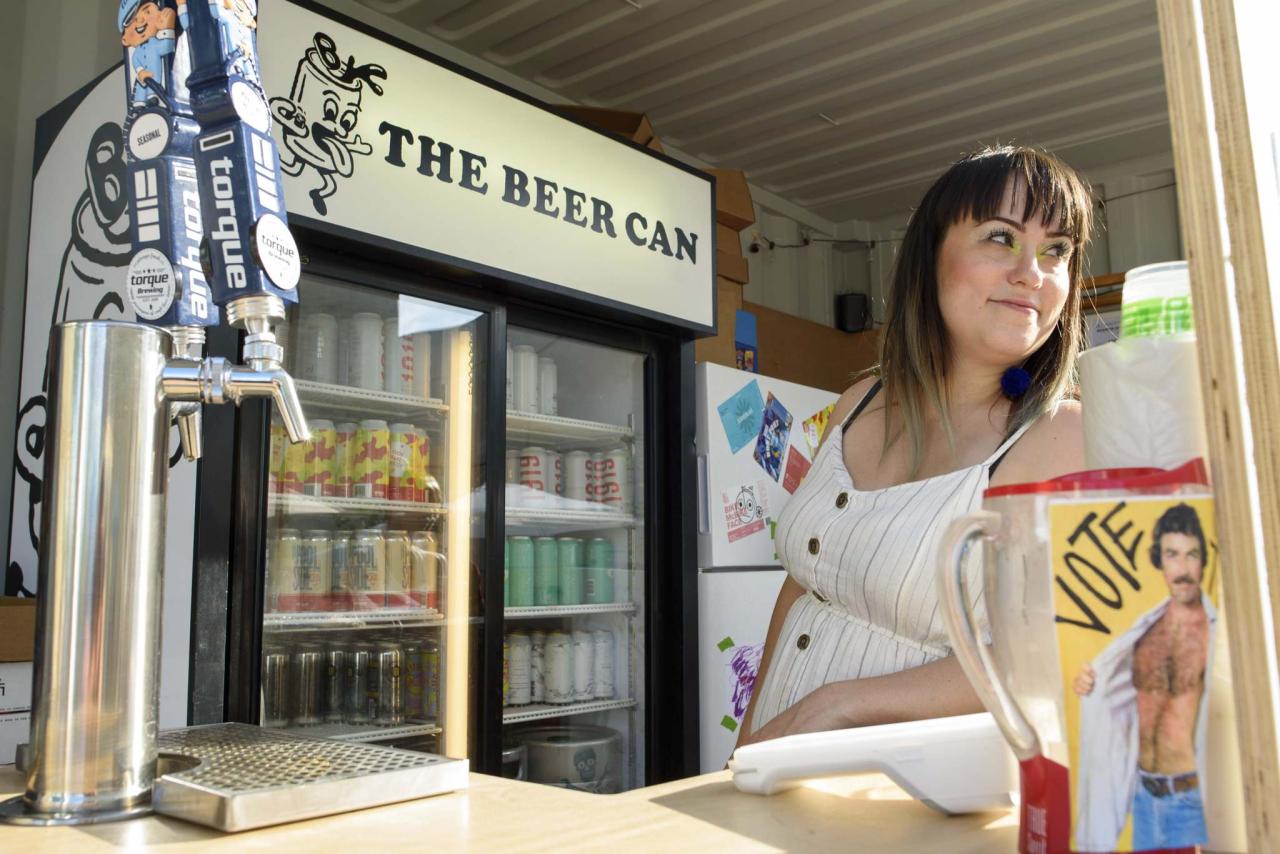Winnipeg’s arena curling in a club project seen as start of cross is more than just a renovation; it’s a community revitalization effort. This initiative aims to boost participation in the beloved sport of curling, leveraging Winnipeg’s rich curling history to create a more inclusive and accessible experience for all ages and skill levels. We’ll explore the project’s goals, its potential impact on the city’s curling community, and the exciting possibilities for cross-community collaborations.
The project encompasses a multifaceted approach, addressing infrastructure limitations, fostering partnerships, and implementing a comprehensive marketing strategy to reach a wider audience. By examining the historical context of curling in Winnipeg, we can better understand the significance of this project and its potential to reshape the future of the sport within the city.
Winnipeg’s Curling Scene: A Historical Overview
Curling in Winnipeg boasts a rich history deeply interwoven with the city’s social and cultural fabric. From its humble beginnings to its current status as a beloved pastime, the sport has evolved significantly, leaving an indelible mark on the community.
Evolution of Curling in Winnipeg
Curling’s arrival in Winnipeg can be traced back to the late 19th century, with early clubs emerging alongside the city’s growth. Key moments include the establishment of prominent clubs like the St. Boniface Curling Club and the Granite Curling Club, which played a crucial role in shaping the sport’s local identity. Influential figures, often club presidents or skilled curlers, championed the sport’s development and expansion throughout the years.
The introduction of arena curling provided a significant boost, expanding accessibility and increasing participation.
Historical Significance of Curling Clubs
Winnipeg’s curling clubs have served as more than just sporting venues; they have functioned as vital community hubs, fostering social interaction and camaraderie. These clubs often hosted social events, fundraising initiatives, and provided spaces for community gatherings, strengthening social bonds and building a sense of belonging. Their contribution to Winnipeg’s community life extends far beyond the ice.
Historical Participation Rates Across Demographics
Historically, participation in curling in Winnipeg has been predominantly driven by older generations, particularly among the Caucasian population. However, recent initiatives have focused on increasing inclusivity and participation across various age groups and ethnic backgrounds. While precise historical demographic data on curling participation might be difficult to obtain, anecdotal evidence suggests a gradual shift towards broader community involvement.
The “Club Project”: Nature and Scope
This project aims to revitalize Winnipeg’s arena curling scene by improving infrastructure and promoting wider participation. It’s a collaborative effort involving various stakeholders, with the ultimate goal of making curling more accessible and enjoyable for a broader range of Winnipeggers.
Project Goals and Objectives
The primary objective is to upgrade existing arena curling facilities and potentially build new ones to meet the growing demand. This includes improving ice quality, adding accessible amenities, and enhancing the overall curling experience. Secondary goals involve boosting participation rates across different age groups and skill levels, fostering community engagement, and potentially attracting tourism related to curling.
Key Stakeholders
The project involves collaboration between the City of Winnipeg (providing funding and infrastructure support), existing curling clubs (contributing expertise and resources), potential sponsors (providing financial backing), and community organizations (promoting participation and inclusivity). This multi-faceted approach ensures the project’s success and sustainability.
Project Budget, Funding, and Timeline
The project’s budget is estimated at [Insert Estimated Budget], with funding sourced from a combination of municipal grants, private sponsorships, and potential fundraising events. The anticipated timeline for completion is [Insert Estimated Timeline], encompassing design, construction, and promotional phases.
Winnipeg’s arena curling club project is a fantastic initiative, showing how a simple idea can grow. Imagine the possibilities if they won big – like the lucky person who snagged the Winning ticket for $1.22 billion Mega Millions jackpot sold in California ! That kind of windfall could seriously boost the club’s resources and expand the sport’s reach.
Hopefully, Winnipeg’s project will find its own kind of success, maybe not quite a billion dollars, but still pretty amazing.
Impact on Winnipeg’s Curling Community
The anticipated impact on Winnipeg’s curling community is multifaceted, ranging from improved facilities to increased participation and enhanced community engagement. However, challenges might arise during implementation.
Potential Benefits for Existing Clubs
The project will directly benefit existing curling clubs by providing upgraded facilities and potentially increased membership. Improved infrastructure will enhance their ability to host events, attract new members, and maintain their position as community hubs. Increased participation may also lead to greater revenue streams for the clubs.
Impact on Participation Rates
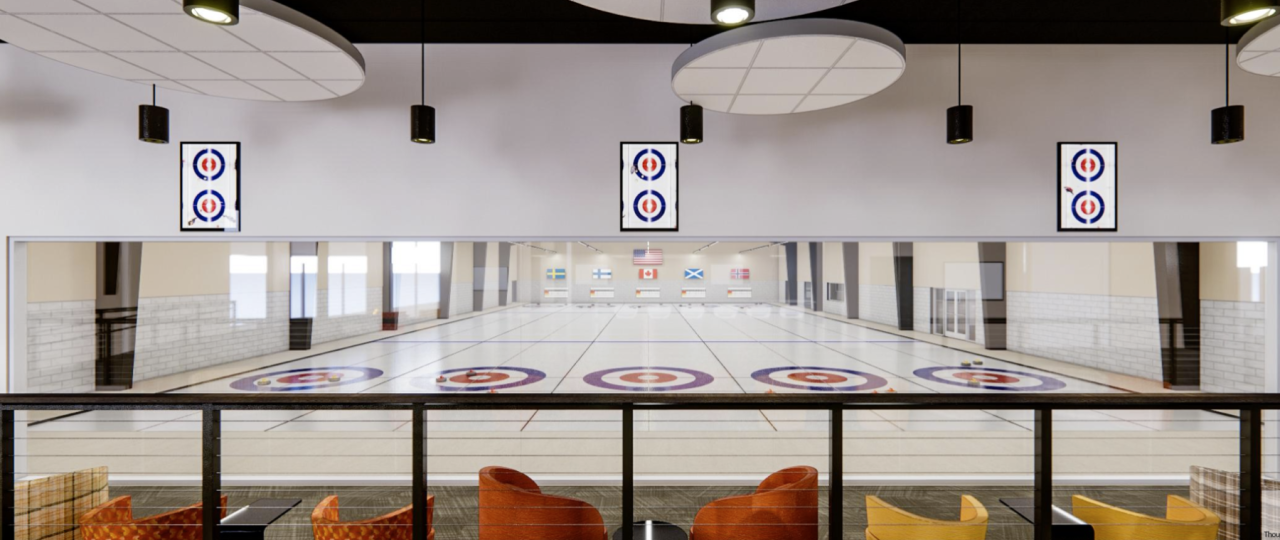
The project is expected to significantly increase participation rates across various age groups and skill levels. Improvements in accessibility and the overall curling experience will attract new participants, while targeted programs aimed at youth and seniors will further boost numbers. A hypothetical scenario suggests a 20% increase in overall participation within three years of project completion, based on similar projects in other Canadian cities.
Winnipeg’s arena curling club project is a cool initiative, showing how diverse sports can connect. It’s interesting to think about the planning involved, almost as complex as figuring out the Syracuse football 2025 schedule: Who does SU face next season?. Both require foresight and strategic thinking, though one involves brooms and ice, and the other, touchdowns and gridirons.
The Winnipeg project’s success could inspire similar cross-sport collaborations.
Potential Project Challenges
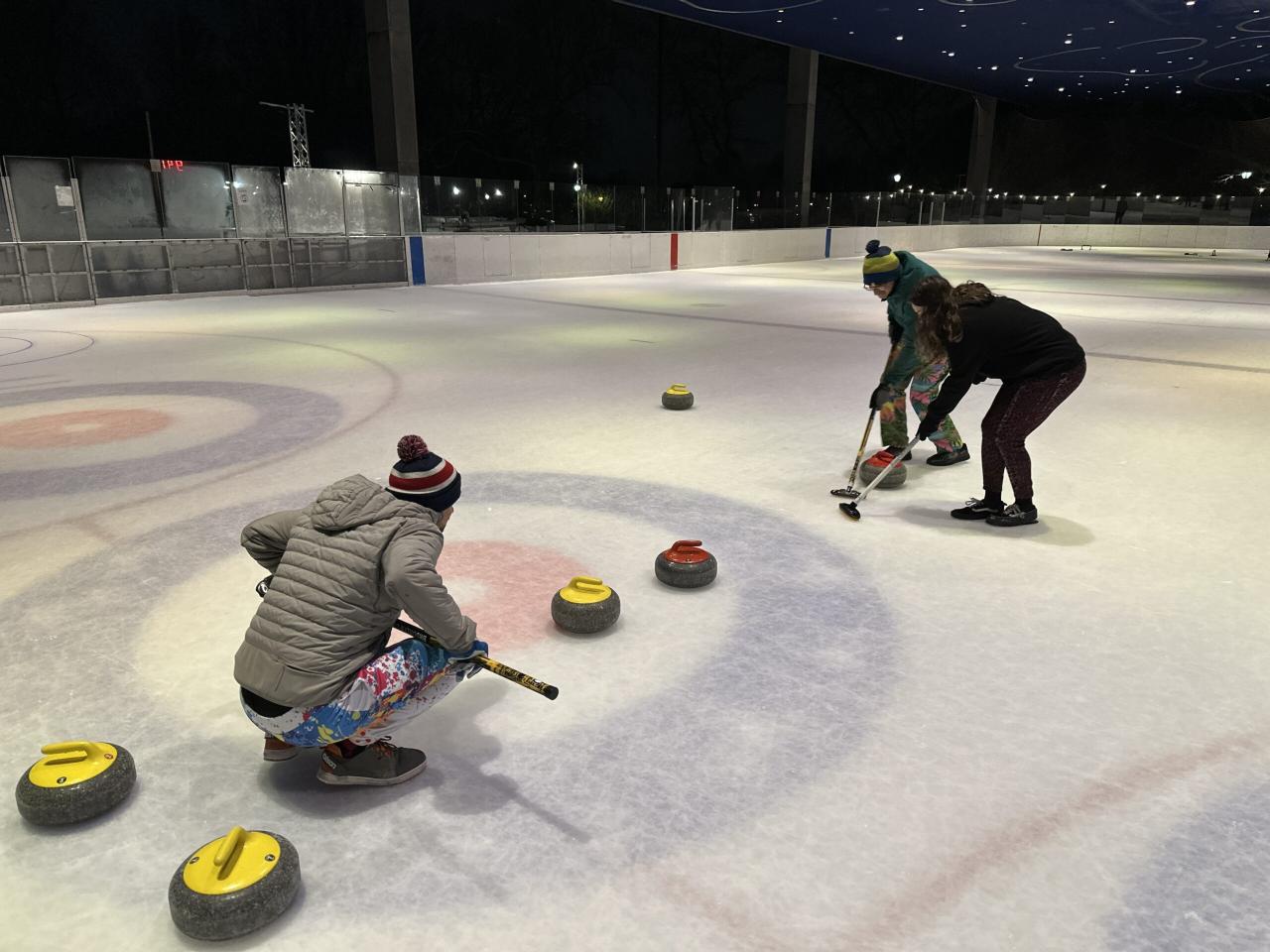
Potential challenges include securing sufficient funding, managing construction timelines effectively, and ensuring the project aligns with the needs of diverse community groups. Unexpected cost overruns, delays in construction, or unforeseen technical issues could also pose challenges. Addressing these challenges proactively through careful planning and risk mitigation strategies is crucial for project success. For example, a similar project in another city experienced delays due to unforeseen weather conditions, resulting in budget overruns.
Careful monitoring and contingency planning will be vital.
Winnipeg’s arena curling club project is a cool initiative, showing how community sports can thrive. It’s interesting to contrast this positive community building with the political drama unfolding elsewhere, as seen in this news story: Battin rejects ‘extreme’ slur, accuses Labor of running scared. Hopefully, the positive energy of the curling club can inspire some similar collaborative spirit in other areas.
The club project, after all, really highlights the power of community involvement.
Cross-Disciplinary Aspects
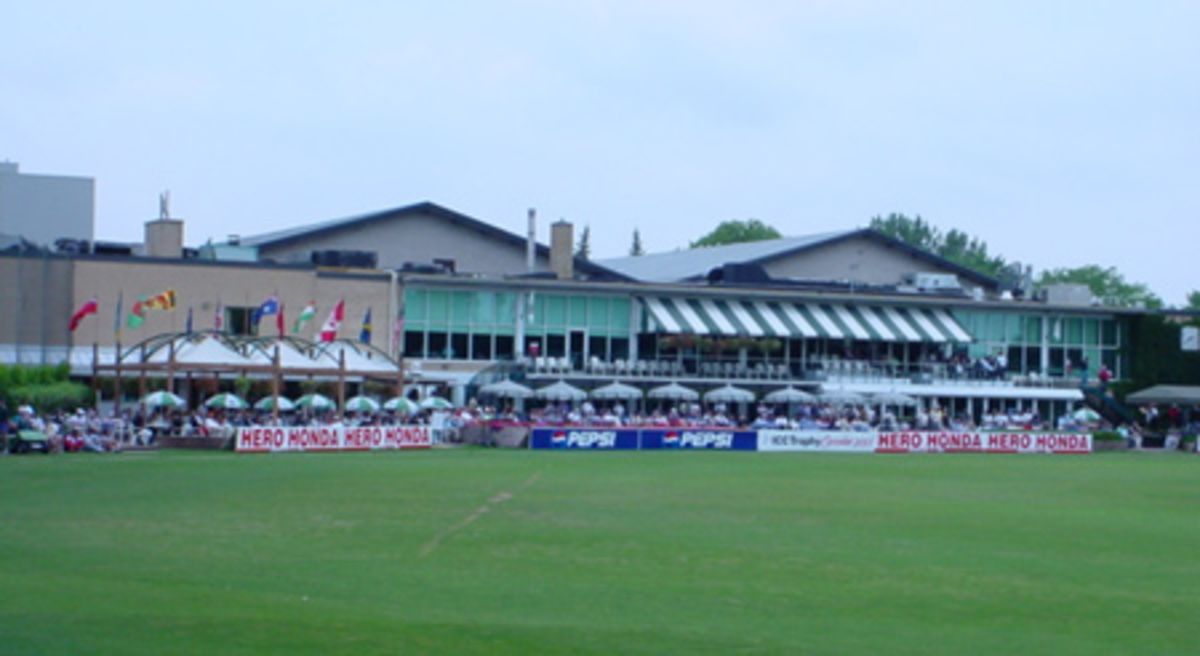
The project’s success hinges on collaboration with various sectors in Winnipeg. Strategic partnerships can amplify its impact and create a broader ripple effect across the city.
Potential Collaborations and Partnerships
Potential collaborations include partnerships with Winnipeg Tourism to promote curling as a tourist attraction, collaborations with local schools and community centers to integrate curling into school programs and community initiatives, and joint ventures with other sports organizations to promote a healthy active lifestyle.
Fostering Cross-Community Engagement
The project can foster cross-community engagement by organizing inclusive curling events, targeting diverse demographic groups, and creating opportunities for inter-generational interaction. By creating a welcoming and inclusive environment, the project can build bridges between different communities and promote social cohesion. For example, a “Curling for Seniors” program paired with a “Youth Curling League” could create opportunities for intergenerational interaction and mentorship.
Marketing Strategy
A comprehensive marketing strategy will involve utilizing social media platforms, local media outreach, and community events to promote the project and attract participants. Targeted advertising campaigns aimed at specific demographic groups will enhance reach and effectiveness. The marketing materials will highlight the project’s benefits, emphasizing accessibility, inclusivity, and the overall enhanced curling experience.
Arena Curling Infrastructure & Accessibility
This section details the current state of arena curling infrastructure in Winnipeg and the planned improvements to enhance accessibility.
Existing Infrastructure and Limitations
Currently, Winnipeg has [Insert Number] arena curling facilities, each with varying levels of accessibility. Many older facilities lack adequate accessibility features for people with disabilities, limiting participation for certain segments of the population. Some facilities also lack sufficient space for spectator seating and modern amenities.
Planned Improvements and Upgrades, Winnipeg’s arena curling in a club project seen as start of cross
The project plans to address these limitations by upgrading existing facilities and potentially constructing new ones. Upgrades will include installing ramps and elevators, widening doorways, improving restroom accessibility, and adding accessible seating areas. New facilities will be designed with universal accessibility features from the outset.
Accessibility Features Comparison
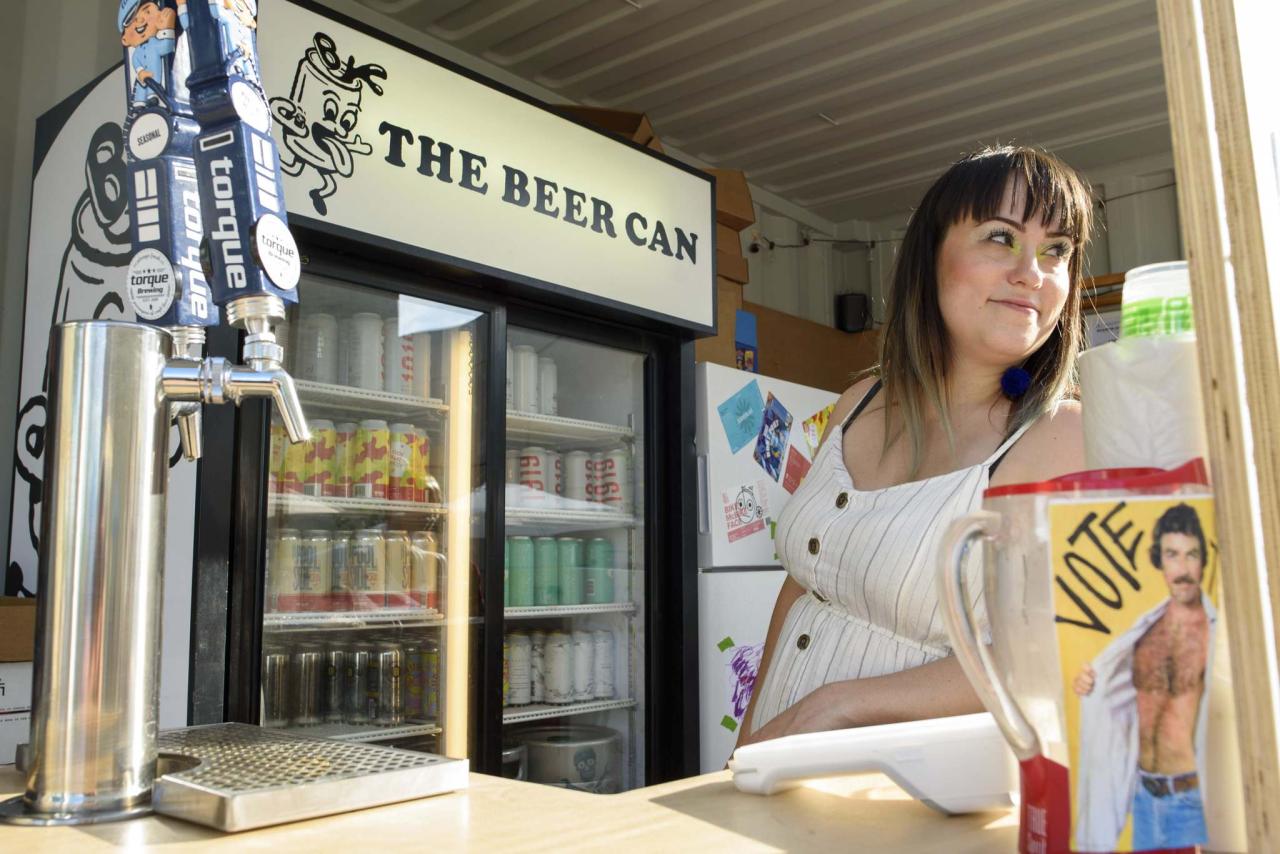
| Facility Name | Location | Accessibility Features (Before) | Accessibility Features (After) |
|---|---|---|---|
| Facility A | Address A | Limited ramp access, few accessible washrooms | Improved ramp access, accessible washrooms, elevator |
| Facility B | Address B | No elevator, narrow doorways | Elevator installed, doorways widened, accessible seating |
| Facility C (New) | Address C | N/A | Fully accessible design, ramps, elevators, accessible washrooms |
| Facility D | Address D | Limited accessible parking | Increased accessible parking, improved signage |
Visual Representation of the Project
This section describes visual representations that could effectively communicate the project’s goals and impact.
Ideal Outcome Image
An ideal image would depict a vibrant and inclusive curling scene at a modern, accessible arena. The image would show diverse groups of people of all ages and abilities actively participating in curling, enjoying the sport in a welcoming and friendly atmosphere. Spectators would be cheering from accessible seating areas, creating a lively and energetic environment. The background would showcase the upgraded facility, highlighting its modern design and accessibility features.
Projected Growth in Participation
A graphic depicting projected growth in curling participation would show a steady upward trend, supported by specific data points. For example, the graphic could illustrate a 20% increase in overall participation within three years, with a breakdown by age group and skill level. This visual representation would effectively communicate the project’s positive impact on the community and demonstrate the return on investment.
Final Summary
Ultimately, Winnipeg’s arena curling club project represents a significant step towards a more vibrant and inclusive curling community. By investing in infrastructure improvements, fostering collaboration, and implementing a strategic marketing plan, this initiative has the potential to not only increase participation rates but also to strengthen the social fabric of Winnipeg. The success of this project could serve as a model for other cities looking to revitalize their local curling scenes and engage a wider range of participants.
FAQ Guide: Winnipeg’s Arena Curling In A Club Project Seen As Start Of Cross
What specific arena improvements are planned?
The project details haven’t been fully released, but anticipated improvements likely include accessibility upgrades (ramps, wider doors), updated ice-making technology, and potentially expanded spectator seating.
How will the project address declining youth participation in curling?
The project aims to attract younger players through youth-focused programs, discounted rates, and engaging outreach initiatives in schools and community centers.
What role will local businesses play in the project?
Sponsorships and partnerships with local businesses are crucial for funding and promoting the project. This could include advertising, equipment donations, and potentially even naming rights for certain facilities.
